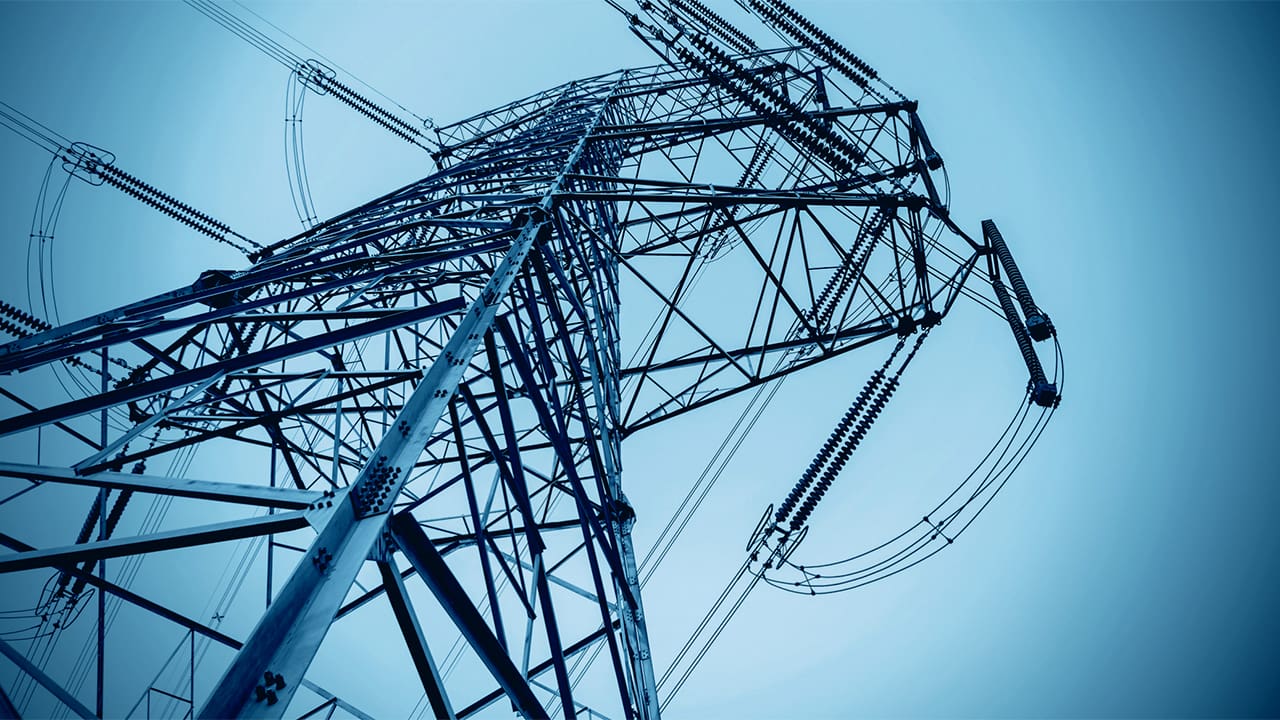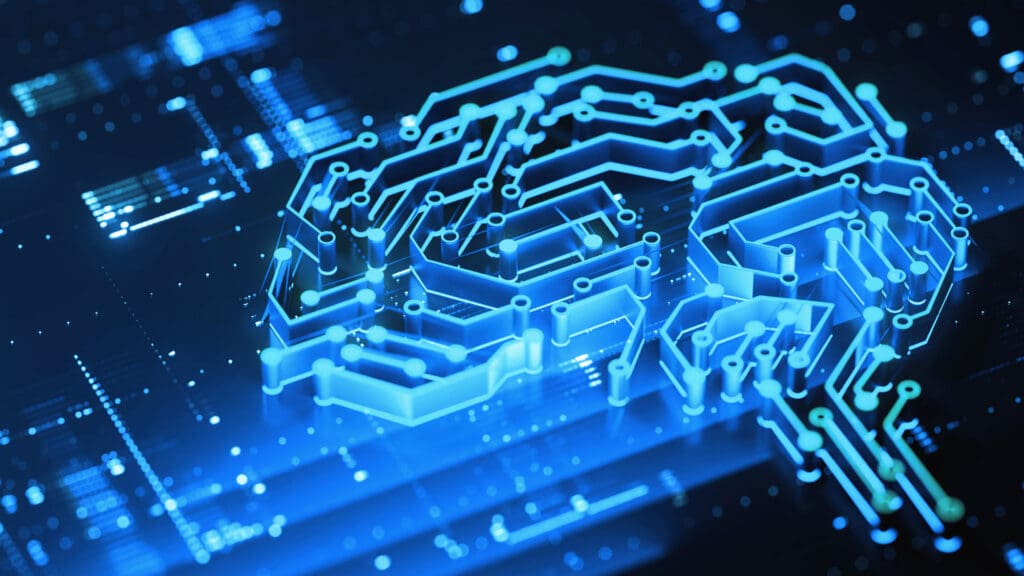The IEEE 2030 series of standards advances sustainability of the modern power grid through reliable aggregation of diverse energy sources in microgrids and virtual power plants. These standards also provide technically sound frameworks for integrating renewable energy into the grid, enabling the reduction of harmful emissions.
The United Nations (UN) defines sustainable energy development as “meeting the needs of the present without compromising the ability of future generations to meet their own needs.” According to UN figures, 80% of global energy production and 66% of global electricity production come from burning fossil fuels.
While fossil fuels, which include natural gas, are abundantly available today, they are finite. And while they continue being used, fossil fuels negatively impact the environment, human health, and the well-being of future generations. The IEEE 2030 Series of standards helps facilitate a shift to carbon-free energy by offering sustainable solutions for integrating power generation into the grid.
Emerging Energy Distribution Trends
Currently, electric utilities are migrating from large, centralized power plants to decentralized infrastructures. Called smart grids, these infrastructures can aggregate a variety of sustainable and renewable energy sources.
A smart grid (also referred to as an integrated grid) employs digital and other technologies to monitor and direct power from those varied energy sources and deliver it to end users. Smart grids manage groupings of distributed energy resources (DERs) that can include solar arrays and wind turbines, while also overseeing energy storage and customer loads.
A microgrid, a special configuration of a smart grid, is a group of DERs and interconnected loads performing as a single controllable entity while maintaining connection to the main grid. It can connect and disconnect from the main grid to enhance the resilience of electricity supply during disturbances. Microgrids can also support local power generation to keep smaller grids running when the main grid is down or deliver power independently to remote areas.
Local energy security and resilience can be provided by distributed energy resource management systems (DERMS). These systems aggregate many DERs with new and emerging energy resources to enhance sustainability.
DERs are the heart of the active distribution grids and microgrids. Most DERs, regardless of type, require specific components for the system to function reliably 24/7. Most important is an automated communication and control system that allows the grid to transmit start/stop commands to individual DERs.
Synchronization and grid connection are also critical to ensure that power from the DERs can reach the grid. Transfer switches and circuit breakers are necessary to keep DERs isolated from the grid when not in service.
Aggregation software is crucial for managing and operating DERs as controllable entities. These entities are composed of numerous single or mixed-type components aggregated together within the utility. Rather than seeing an extensive collection of DERs, aggregation software allows the utility to see them as a single resource, as in a virtual power plant (VPP).
At The Great Transformation Forum in December 2023, a panel of power industry experts cited the need for interoperability standards to enable DER deployments. They believe that having the ability to quickly and economically connect many DERs together is essential. Standards that enable reliable, cost-effective device-to-device data exchanges exist and are evolving to meet current and future requirements.
One early example of standardization is IEEE 1547™, which establishes recommendations for the interconnection of distributed generation (DG) with electric power systems. In particular, the standard regulates interconnectivity for inverter-based resources (IBR). Through this standard, users installing IBR can connect safely to the grid and meet the requirements of utilities. The standard also specifies mandatory requirements for interoperability, information provided by the DER.
Addressing the Smart Grid
Evolving from the 20th-century electrical grid, smart grids employ two-way communications between DERs and intelligent devices to enhance power delivery, boost resilience, and increase efficiency, all the while improving sustainability. However, smart grids are highly complex networks that are becoming ever more complex with the integration of new and emerging technologies. Another barrier to power-plant conversion is cost, particularly that of completely new infrastructure and possible abandonment of legacy investments.
Wherever software, networking, and internet connectivity play a major role in managing a system, security is a constant concern. One security enhancement smart grids offer is redundancy. A virtual power plant contains multiple micro/smart grids. If a security breach occurs in one microgrid, the plant manager can shut it down while allowing the others to continue power delivery. In addressing these challenges, standards help ensure efficient grid operation while enabling innovative and sustainable technologies.
IEEE 2030™ Standards
The IEEE 2030™ series of standards provides a roadmap of best practices for combining current and future power, communications, and information technologies. With a focus on sustainability, the standards define the integration protocols for DER operations and smart-grid interoperability.
The IEEE 2030™ Series that apply to the integrated grid and the integration of DER for sustainability are:
- IEEE P2030™ – Guide for Interoperability of Energy Technology with the Electric Power System (Revision of IEEE 2030™-2011)
- IEEE 2030.7™-2017 – Standard for the Specification of Microgrid Controllers
- IEEE 2030.8™-2018 – Standard for the Testing of Microgrid Controllers
- IEEE 2030.11™-2021 – Guide for Distributed Energy Resources Management Systems (DERMS) Functional Specification
- IEEE 2030.4™-2023 – Guide for Control and Automation Installations Applied to the Electric Power Infrastructure
- IEEE P2030.12™ – Draft Guide for the Design of Microgrid Protection Systems
- IEEE P2030.13™ – Draft Guide for Electric Transportation Fast Charging Station Management System Functional Specification
- IEEE P2030.14™ – Draft Guide for Virtual Power Plant Functional Specification for Alternate and Multi-Source Generation
The IEEE 2030.4™ standard, which debuted in 2023, updates IEEE 2030™-2011 for an integrated grid with DERs. It provides guidance in applying the smart grid interoperability reference model (SGIRM) of IEEE 2030™-2011 to the development of control and automation components. It also offers methods to determine requirements for microgrid and DERMS applications on the grid and details their structure within an open architecture.
Another key standard in the IEEE 2030™ series is IEEE 2030.7™, which provides technical specifications and requirements for microgrid controllers and reliability. It offers a comprehensive description of the microgrid controller and the structure of its control functions, including the microgrid energy management system. The latter allows the microgrid to manage itself autonomously or while connected to the main grid.
Approved in May 2021, the IEEE 2030.11™ standard provides the organization’s guide for DERMS, which manage diverse DERs, coordinating DER operation in the distribution grid while optimizing DER output. With increasing deployment and penetration of DERs, aggregation helps provide electric power from renewable energy resources.
New standards in the IEEE 2030™ series are being developed to address other challenges. For example, the IEEE P2030.13™ is a draft guide for creating a functional specification for electric vehicle (EV) fast charging stations. These stations combine multiple fast chargers and local assets and can also integrate local DERs such as solar sources, energy storage systems, and controllable loads, allowing the charging station to operate as a microgrid.
Addressing another arm of power infrastructures, IEEE P2030.14™ is a draft guide that defines virtual power plants (VPPs) as distributed power plants capable of supplying power to the grid and local loads. This guide offers key concepts and control requirements for developing a functional specification for a VPP that addresses local energy management and grid interaction functions.
As defined in the guide, a VPP can integrate power from various sources, including microreactors, solar arrays, wind generators, energy storage components, and thermal storage systems. The guide also outlines requirements for grid interconnection and interoperability with other systems.
Conclusion
The IEEE 2030™ series aims to accelerate smart grid design, development, and deployment, in the context of a large penetration of DER based on renewable resources, now and into the future. Importantly, the series will encourage the development of new alternative and innovative energy sources, as well as sustain existing micro and macro power grid infrastructures.








